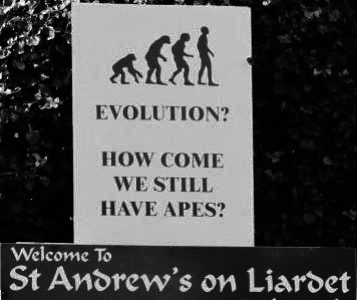If the beliefs of a sizeable number of people turn out to be correct, this will be the final issue of the NZ Skeptic. According to a survey of 16,262 people in 21 countries conducted by market research company Ipsos for Reuters News, two percent of respondents strongly agree, and eight percent somewhat agree, with the proposition that 21 December 2012, the end of the current cycle of the Mayan Long Count calendar, marks the end of the world. Perhaps surprisingly agreement is highest in China (20 percent), while the Germans and Indonesians (four percent) are relatively dubious. One could perhaps question the representativeness of the sample (comprised of people who have agreed to take part in online surveys), but there must be a lot of people out there who are really worried about this.
David Morrison, who runs the Ask an Astrobiologist page on NASA’s website, was reported in Canada’s National Post (28 September) as saying he has been flooded with thousands of questions about the issue, with at least one a week from teenagers so concerned that they’re considering suicide. “The one thing in common with all of these scare stories about December 2012 is that they have absolutely zero basis in fact,” he said. “There was no Mayan prediction of anything going wrong, there’s no planet Nibiru, there’s no planet alignment, there’s no change in the Earth’s axis, there’s no change in anything about the Earth. It’s just a complete fantasy.”
Belief in impending apocalypse has long been a feature of certain religious groups, but the various 2012 scenarios have a distinctly secular flavour. There seems to be something deeply and paradoxically appealing about the notion that we will all be wiped off the face of the Earth, and it’s not all driven by religion. Some see it as a response to the uncertainties of life, providing a sense of narrative amid the chaos. Another factor may be that, at least in its secular incarnations, it derives from a sense of insignificance in the face of the immensity of deep time. The universe is more than 13 billion years old, life has existed on Earth for at least three and a half billion years, and we probably have another five billion years before the sun runs out of fuel. Against that, what is the value of a single human life? (That’s a question I believe can be answered, but space precludes discussion of it here.)
If Doomsday is almost here, at least it means that we don’t have to face the idea of life going on without us. Some, perhaps, would see our lives today as having more meaning if all of history was leading up to this moment, and there won’t be any more to come. We would become the heroes of the Story of Life – that story may be a tragedy, but at least we were in at the end.

